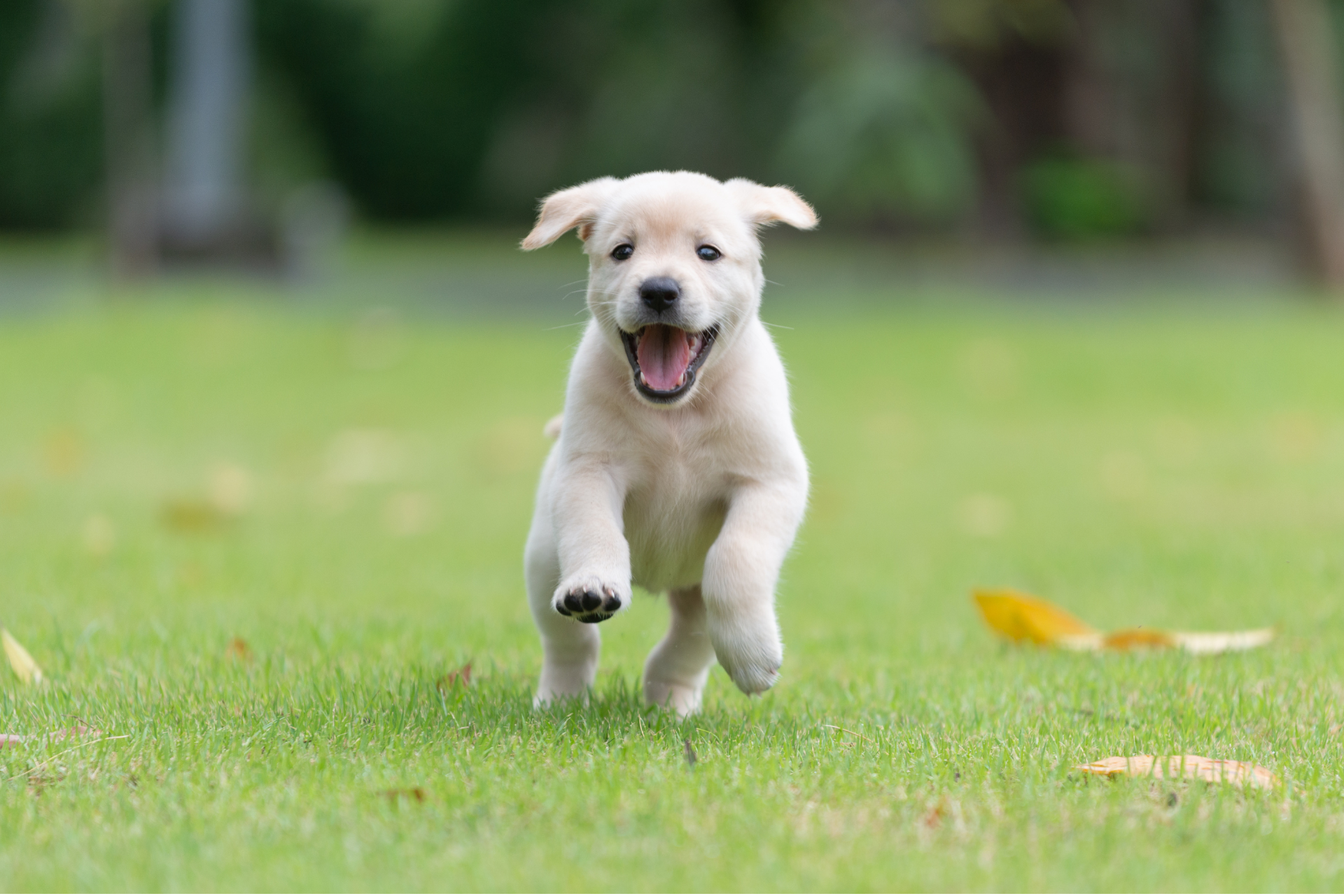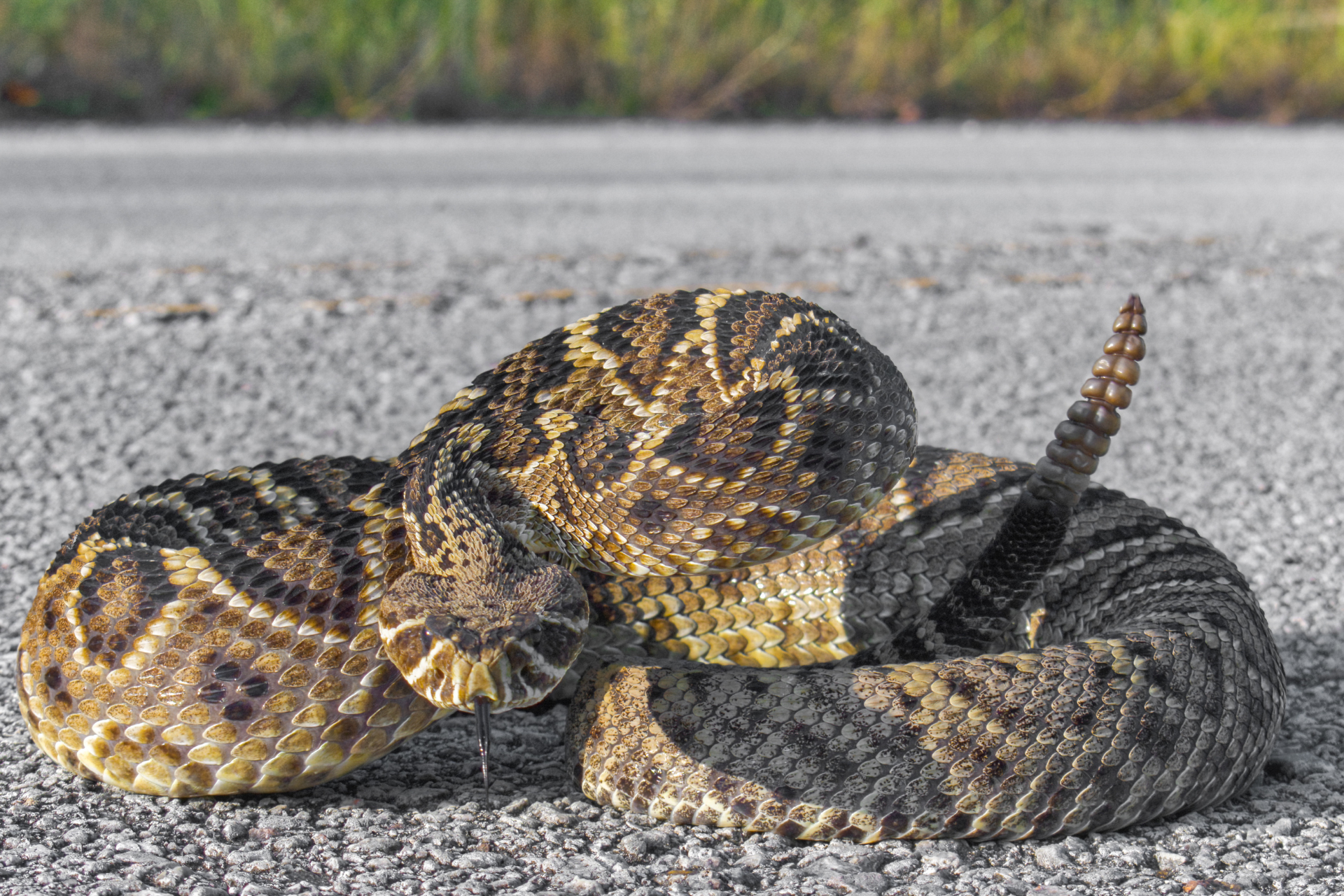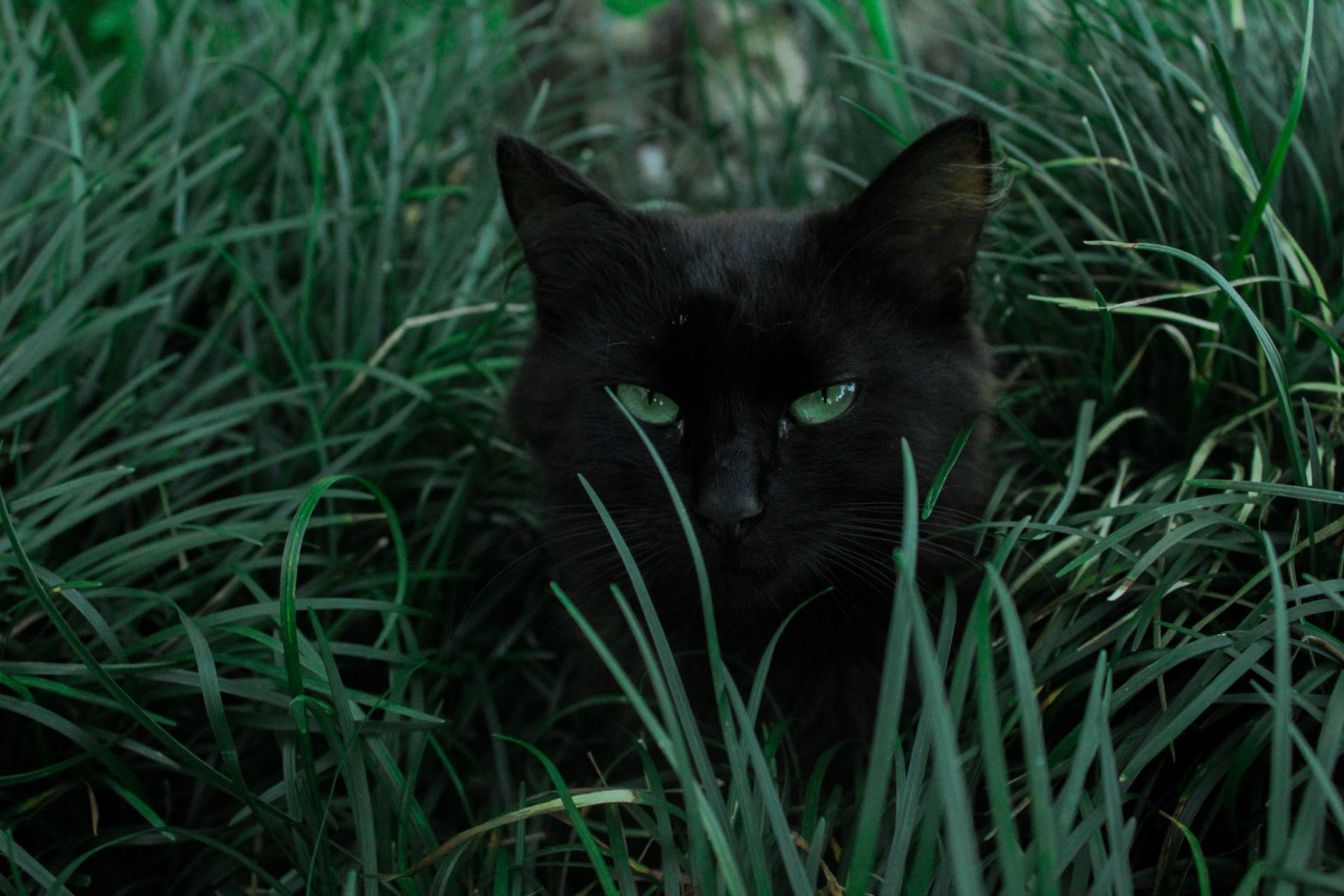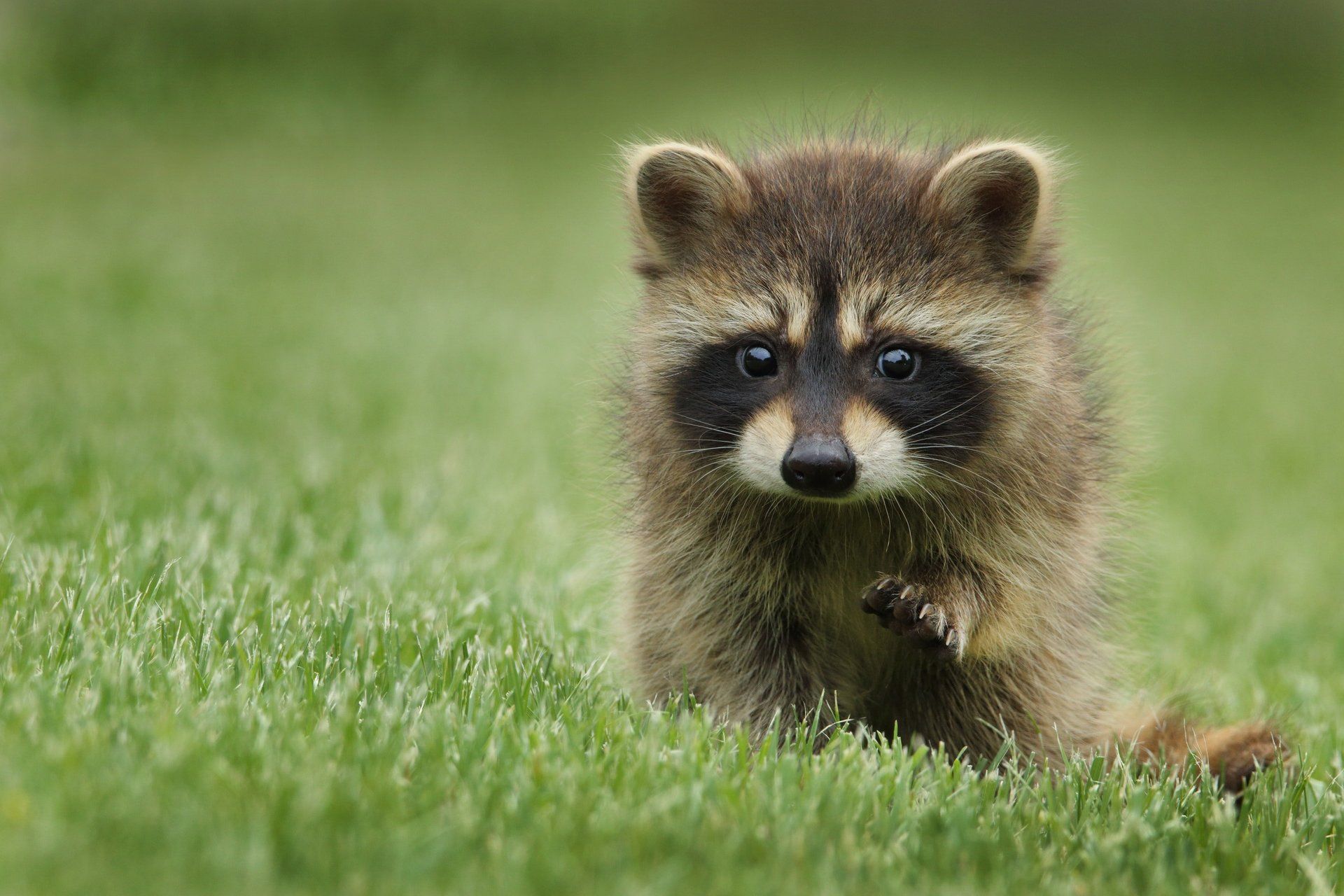The Economic Impact Of Wildlife Intrusions On Home Maintenance
Wildlife Intrusions Can Be A Costly Nuisance
When homeowners think about property maintenance, wildlife isn’t usually at the top of the list of concerns—until it becomes a problem. A raccoon in the attic or a family of squirrels nesting in the walls might seem like an inconvenience at first, but these intrusions can quickly escalate into costly repairs. The structural damage caused by wildlife often remains unnoticed until the problem is severe. By then, what could have been a minor issue turns into a full-blown, expensive renovation project.
Wildlife intrusions don’t just result in surface-level wear and tear. Animals can rip through insulation, chew on electrical wiring, and weaken wooden structures. Rodents, in particular, are notorious for gnawing through just about anything, including plumbing lines and HVAC components. Once a home’s essential systems are compromised, repair costs can spiral out of control. Homeowners who ignore early signs of wildlife activity often find themselves facing hefty expenses that could have been avoided with earlier intervention.
The Financial Ripple Effect Of Structural Damage
The economic impact of wildlife infestations extends beyond the immediate damage to a home’s structure. Once an animal gains entry, it often leaves behind urine, feces, and nesting materials that degrade building materials over time. Moisture buildup from animal waste can lead to mold growth, which not only weakens wood and drywall but can also require extensive remediation. The longer these contaminants sit, the more expensive the cleanup process becomes.
Beyond physical damage, there’s the cost of declining property value. A home with a known history of wildlife issues can be harder to sell, and potential buyers may negotiate a lower price or require extensive inspections before finalizing a deal. Insurance companies may also be hesitant to cover damages if they determine that the homeowner failed to address an ongoing infestation in a timely manner. What starts as a minor nuisance can snowball into financial burdens that extend well beyond the initial repair bill.
Energy Inefficiency And Increased Utility Bills
One of the less obvious but equally frustrating costs of wildlife intrusions is their impact on energy efficiency. Many animals—especially raccoons, squirrels, and birds—tear through insulation to create nests, drastically reducing its effectiveness. In colder months, a home with compromised insulation struggles to retain heat, leading to higher energy bills. During summer, cooling costs increase as air conditioning units work overtime to compensate for the loss of insulation.
The damage isn’t limited to insulation. Wildlife can block or destroy ventilation systems, restricting airflow and putting additional strain on HVAC units. This not only drives up energy costs but can also lead to premature equipment failure, requiring expensive replacements. Many homeowners don’t realize their energy bills have been climbing due to unseen damage caused by animals until they’re already facing an avoidable financial setback.
Why Professional Intervention Is The Cost-Effective Solution
While it might be tempting to handle a wildlife problem alone, DIY attempts often lead to more damage, incomplete removal, or animals returning shortly after they’ve been evicted. Traps and deterrents might seem like an easy fix, but without addressing the root cause—entry points, attractants, and nesting sites—the issue persists. In the meantime, the hidden damage continues to grow, increasing repair costs.
Hiring a professional isn’t just about removing the animals. A thorough approach involves assessing structural vulnerabilities, sealing entry points, and implementing preventive measures to ensure the problem doesn’t return. Expert intervention helps homeowners avoid repeated infestations, minimizing long-term expenses. The upfront cost of professional wildlife removal and exclusion is a fraction of what ongoing repairs and replacements could cost if the issue is left unchecked.
Wildlife intrusions are more than just a temporary inconvenience—they have long-term financial consequences. Ignoring the warning signs can lead to extensive structural damage, compromised insulation, rising energy costs, and a decrease in property value. The best way to avoid these costly repairs is to address the issue early with professional help.
We specialize in humane and effective wildlife control, helping homeowners prevent future damage while restoring their property’s integrity. If you’ve noticed signs of an infestation or want to take preventative measures, now is the time to act. Contact Wildlife Resolutions to protect your home and your budget before wildlife takes a serious toll on both.







